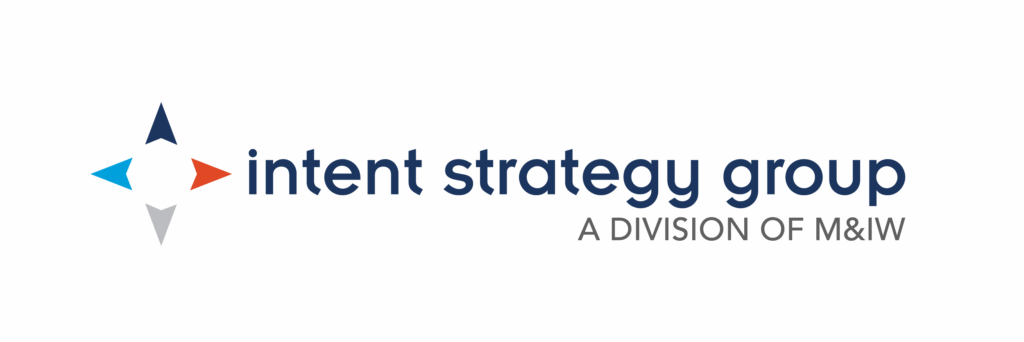Neuroscience for Events: Increasing Attendee Engagement and Belonging
When you think of successful meetings and events, “neuroscience” isn’t often a term that comes to mind. However, the experiences we create can engage our attendees in ways that generate moments for deeper thinking, greater connection, and improved retention—all of which involve the brain. That’s why a neuroscience-based approach to event design is instrumental to increasing attendee engagement.
Meetings & Incentives Worldwide (M&IW) is leading the industry in designing brain-friendly events. Last year, a cross-functional cohort of M&IW team members received the Neuroscience of Exhibitions and Events credential. Since then, we have implemented company-wide neuroscience training and have started applying science-based approaches and best practices to customer events.
At the 2024 M&IW Summit, M&IW’s Jeanette Davis; Marie Johnson, CMP; and Elizabeth Muth, CMP, presented a breakout session sharing M&IW’s unique five-pillar event design framework and ways to incorporate neuroscience elements throughout the planning process. In this blog, we’ll explore their key takeaways. But first, we’ll answer the question at the top of everyone’s mind: Why do we need neuroscience in events?
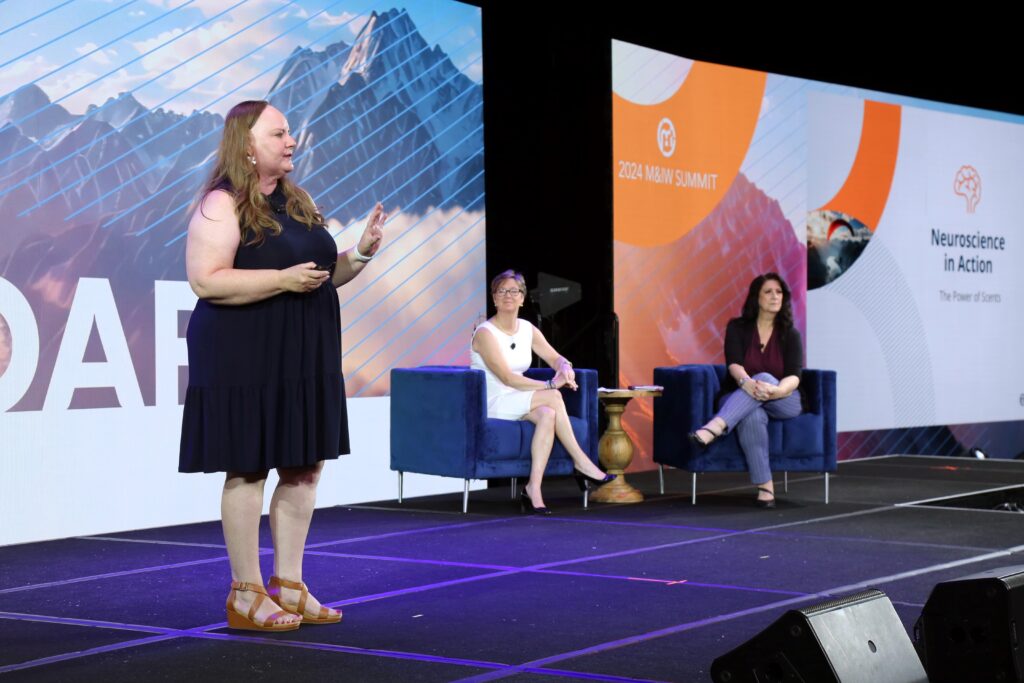
The Importance of Brain-Friendly Event Design
The more we understand about the brain and how it functions, the better the experience we create for attendees.
It should come as no surprise that attendees’ attention spans are getting shorter. According to studies, the average human attention span is 8.25 minutes. When interacting with devices, attendees’ focus is even shorter, only 47 seconds. That’s why it’s imperative to catch and keep attendees’ attention before they turn to their phones to check emails or scroll through social media.
At the same time, anxiety, stress, and depression are on the rise. In 2024, nearly 43% of adults said they felt more anxious than the previous year. This makes them less likely to attend events if they don’t have enough information. Even onsite, they’re less likely to engage and interact if they don’t feel welcome or are unsure of what to expect.
We need to prime the event environment to design emotionally engaging experiences that grab and sustain attention. At M&IW, we do this with a neuroscience-based approach that creates a sense of belonging and community. If attendees have a strong sense of belonging, it positively impacts their engagement. This in turn increases their return on your events and your return on investment.
The Five Pillars of Event Design and the Neuroscience Behind Them
Now that we know the importance of brain-friendly event design, let’s dive into how it can be accomplished. At M&IW, we have five pillars of event design that we apply to every meeting, event, and incentive program we manage. By implementing neuroscience principles across all five pillars, we can maximize attendee engagement and belonging.
1. Engagement and Experience
The first pillar, engagement and experience, is about creating a positive environment and event flow for attendees. One way to do so is through the event agenda. The agenda flow should follow the natural rise and fall of social energy—high in the morning, lower in the late afternoon, then higher again in the evening. Based on this, general sessions and problem solving are best in the morning; breakouts, peer-to-peer learning, and panels work well in the afternoon; and brainstorming is best towards the end of the day.
Also consider the length and frequency of breaks when designing your agenda. Give attendees enough time to recharge between sessions. Lots of breaks align with attendees’ short attention spans. Remember, if you don’t provide a break, attendees will use their devices to take one anyway. Maximize brain power during breaks and within sessions by incorporating stretching, breathing, and eye exercises for a physical and mental reset, which leads into the next pillar.
2. Health and Wellbeing
The second pillar encompasses the wellbeing of the mind, body, and soul. When focusing on mental wellbeing, incorporate a variety of restorative activities such as puppy breaks, coloring walls, or a wellness lounge. Allowing time to go outside or at least be in natural light has a calming effect and helps refresh the brain.
To address physical wellbeing, incorporate a morning jog or yoga into the agenda, or provide a walking map of the area for attendees to explore in their downtime. During peak cold and flu season, individual wellness kits with items like hand sanitizer, tissues, disposable thermometers, and more are an extra touch that make attendees feel cared for.
As for the wellbeing of the soul, set aside a designated room or space for meditation or prayer. Check the calendar to see if your event is held during a religious observance or holiday. If you can’t change your program dates, you may need to adjust your agenda and food selections or provide additional amenities so that attendees don’t have to choose between your event and their religious observance.
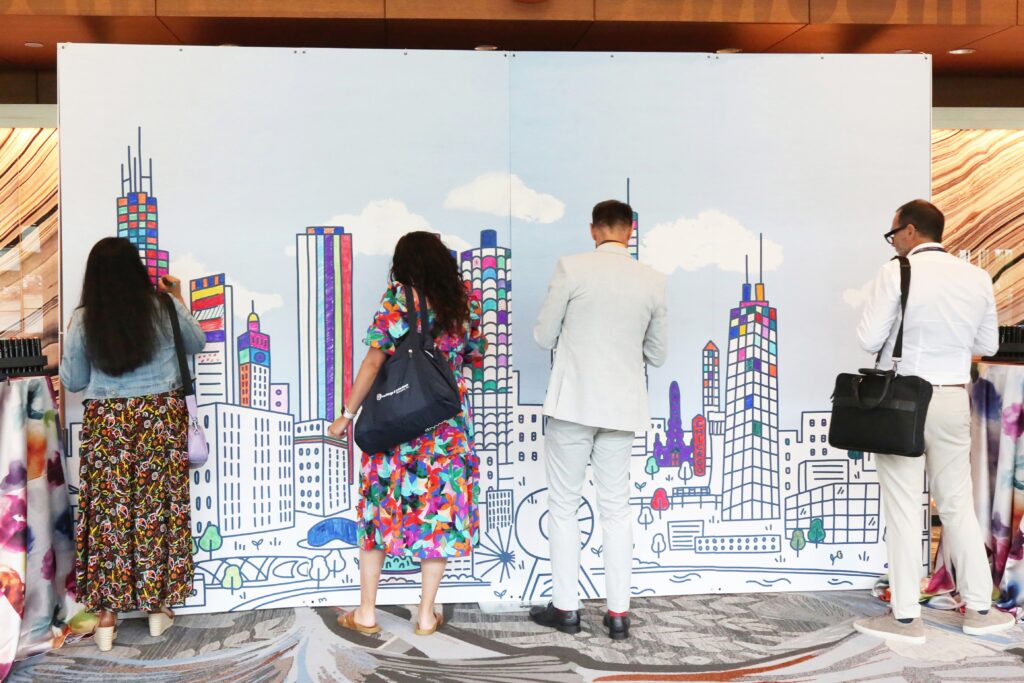
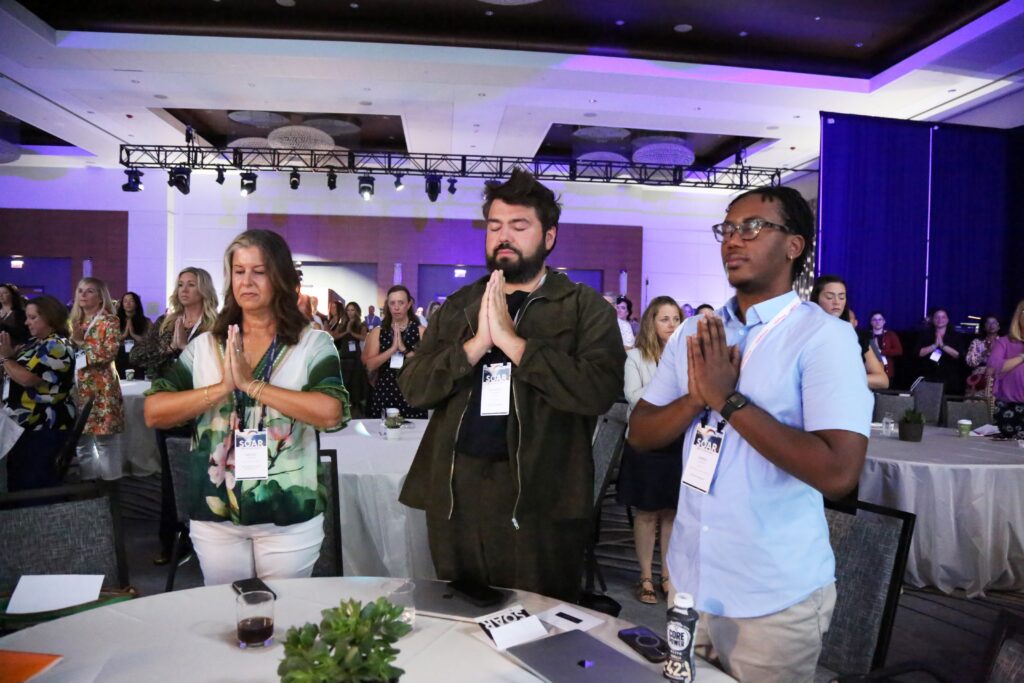
3. Technology and Innovation
The human brain loves anything new and exciting—it releases dopamine, the “feel good” hormone. When planning your event technology, refresh your offerings every year and ensure they are both up to date and relevant to keep attendees’ interest. Go beyond the standard use of event tech to make it truly experiential. Try wearable tech, AI, or interactive apps. Ideally, attendees are not just looking at a screen but actually interacting with it.
Technology can also be used to encourage engagement before and after the event. Mobile apps or digital platforms, for example, often include activity feeds and can allow for attendee networking prior to arriving onsite. Post-event, use the same platforms to host on-demand recordings, virtual booths, and additional content to extend the life of your event—and your attendees’ investment.
4. Connection and Communication
The brain is a social organ, so when attendees are socially connected, they are happier and more engaged. The goal should always be to design events where attendees have a sense of community and belonging. One way to achieve this is through your event communications:
- Use language that resonates with your target audience. Formal terminology may work for an educational event focused on providing industry accreditations, but it would miss the mark for an incentive trip to a tropical destination.
- Use the words “us,” “we,” “our,” and “together” to establish a sense of community before arriving onsite. This language automatically makes attendees feel more welcome and included.
- Use storytelling in your communications. Storytelling is an inherently human structure that everyone follows. It paints a mental picture to help attendees better understand the event.
- Use a variety of methods of communication. Event emails are standard, but branch out into personal calls, texts, and posting on social media to find people where they’re most comfortable.
Once onsite, continue to thoroughly communicate with attendees. Provide the tradeshow floorplan in advance, for example, or have a separate registration desk for first-time attendees so they can have all their questions answered without worrying about holding up the line.
5. Sustainability and Giving Back
If you’re already incorporating sustainable practices in your events, then you’re incorporating neuroscience-based principles as well. Talk about a win-win! Communicate to attendees what steps are being taken to make the event more environmentally friendly and how they can help while onsite. Not only does this help meet your sustainability goals, but it also makes attendees more engaged and invested.
Similarly, CSR initiatives also increase attendee engagement. When attendees work together on giveback opportunities, it fosters a sense of belonging and community while simultaneously benefitting the communities in which we meet. Givebacks can be a teambuilding activity that’s built into the agenda or an individual project that can be completed between sessions.

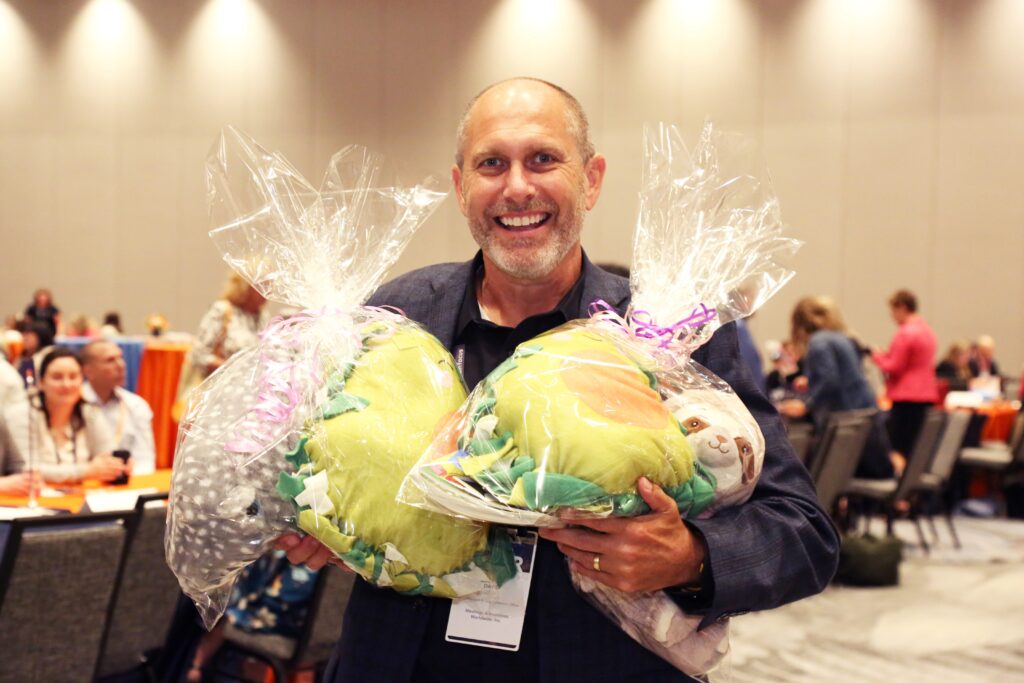
Incorporating Neuroscience-Based Event Design in Your Events
This is not a do-all approach. Incorporating just a few elements will help your attendees foster relationships, learning, and memory retention. Click the button below or contact us to learn how M&IW’s event experts can transform your events with neuroscience-based event design. Already an M&IW customer? Contact your Customer Success Manager.
Interested in joining the M&IW team? View our open positions.

Contributors

Jeanette Davis
Director, Customer Success
Meetings & Incentives Worldwide, Inc.

Marie Johnson, CMP
Sr. Marketing Strategist, Sales Enablement
Meetings & Incentives Worldwide, Inc.

Elizabeth Muth, CMP
Sr. Event Experience Manager
Meetings & Incentives Worldwide, Inc.


